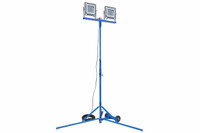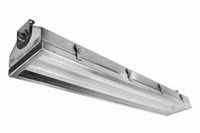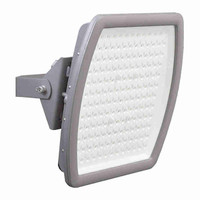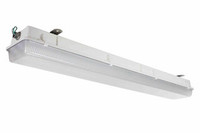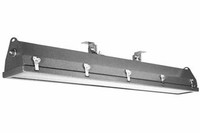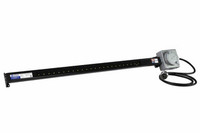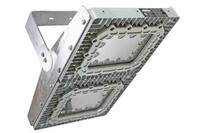-

Barron Lighting Group CP-EX-WB-GR CP-EX Hazardous NEMA 4X Series
Barron Lighting Group
-

Barron Lighting Group CP-EX-LB-GR CP-EX Hazardous NEMA 4X Series
Barron Lighting Group
-

Barron Lighting Group GCP-EXP-2-WB-WP-G1 CP-EXP Explosion Proof Edge-lit Series
Barron Lighting Group
-

Barron Lighting Group GCP-EXP-2-WB-WP-EU-G1 CP-EXP Explosion Proof Edge-lit Series
Barron Lighting Group
-

Barron Lighting Group GCP-EXP-2-WB-WP-EU CP-EXP Explosion Proof Edge-lit Series
Barron Lighting Group
-

Barron Lighting Group GCP-EXP-2-WB-WP-240T-G1 CP-EXP Explosion Proof Edge-lit Series
Barron Lighting Group
-

Barron Lighting Group GCP-EXP-2-WB-WP-240T-EU-G1 CP-EXP Explosion Proof Edge-lit Series
Barron Lighting Group
-

Barron Lighting Group GCP-EXP-2-WB-WP-240T-EU CP-EXP Explosion Proof Edge-lit Series
Barron Lighting Group
-

Barron Lighting Group GCP-EXP-2-WB-WP-240T CP-EXP Explosion Proof Edge-lit Series
Barron Lighting Group
-

Barron Lighting Group GCP-EXP-2-WB-WP CP-EXP Explosion Proof Edge-lit Series
Barron Lighting Group
-

Barron Lighting Group GCP-EXP-2-WB-EB-G1 CP-EXP Explosion Proof Edge-lit Series
Barron Lighting Group
-

Barron Lighting Group GCP-EXP-2-WB-EB-EU-G1 CP-EXP Explosion Proof Edge-lit Series
Barron Lighting Group
Prioritize Safety With Outdoor Hazardous Location Lighting
If you’re looking for lighting for environments with flammable gases, dust, vapors, or fibers you must invest in outdoor hazardous location lights. These lights are designed to prevent explosions, withstand harsh weather, and provide dependable light. However, it is crucial to select the best hazardous location lights for the safety of your space and the people working in the vicinity.
Understanding Hazardous Locations
Before buying lights for dangerous outdoor areas, it's important to know what makes a place hazardous and what kind of lighting is needed. A hazardous location is any place where flammable materials could cause a fire or explosion. Lights for these areas must be very tough and able to handle things like flammable gases, dust, and fibers.
For hazardous areas, your best bet is explosion proof lighting LED. These lights aren't just regular lights; they're specially designed to contain any internal sparks or explosions and strict safety regulations are in place to ensure these lights work as intended and are safe to use.
Hazardous Location Classifications
Dangerous places are classified to prevent accidents. The classification is based on what's dangerous (Class) and how often it's there (Division). This helps people choose the right explosion proof lighting for hazardous location.
|
Class |
||
|
Class I |
Flammable gases or vapors (e.g., propane, methane) |
Oil refineries, chemical plants, fuel storage facilities |
|
Class II |
Combustible dust (e.g., grain, coal, metal powders) |
Grain silos, coal processing plants, pharmaceutical facilities |
|
Class III |
Ignitable fibers or flyings (e.g., wood shavings, textile fibers) |
Textile mills, woodworking shops, paper mills |
|
Division |
||
|
Division 1 |
Hazardous materials are frequently or constantly present under normal conditions. |
Fuel storage tanks, offshore oil rigs, chemical processing areas |
|
Division 2 |
Hazardous materials are present only during abnormal conditions (e.g., leaks). |
Areas adjacent to fuel storage, maintenance zones |
For instance, a fuel storage area, with its constant presence of flammable gases, is a prime example of a Class I, Division 1 location. This means it requires explosion proof LED lighting Class 1 Division 1.
Upgrade Today- Safety Comes First!
Don't wait for an incident. Lighting and Supplies offers a wide selection of certified hazardous location lights LED, from explosion proof lights for Class 1, Division 1 environments like refineries to durable outdoor fixtures for remote sites.
Get the best Explosion Proof Lighting price and protect your workforce today.






